Transcription of Chapter 1 - Defining the Community Bank - FDIC
1 fdic Community BankIng StuDy DeCemBer 2012 1 1 Chapter 1 - Defining the Community BankTo begin a study of Community banking, it is necessary to define what it means to be a Community Most people are able to articulate the characteristics of commu-nity banks, as the characteristics tend to revolve around how and where a Community bank conducts business. For example, Community banks focus on providing traditional banking services in their local communities. They obtain most of their core deposits locally and make many of their loans to local businesses.
2 For this reason, they are often considered to be relationship bankers as opposed to transactional This means that they have specialized knowledge of their local Community and their customers. Because of this expertise, Community banks tend to base credit decisions on local knowledge and nonstandard data obtained through long-term relationships and are less likely to rely on the models-based underwrit-ing used by larger relationship approach to lending is particularly important to small businesses that rely on Community banks for loans and other services.
3 Small businesses, particularly small start-up companies, may be unable to satisfy the requirements of the more structured approach to underwriting that larger banks use. The relationship lend-ing approach used by Community banks is often the only avenue small businesses have to obtain loans and access other financial services. Community banks can develop these close relationships with customers because they tend to be smaller in size and only conduct business locally. The larger the institution, and the more places it does business, the more difficult it is to manage relationships at a personal level.
4 Community banks are also more likely to be privately owned and locally controlled than larger banks. Even when Community banks have public shares, they are usually not traded on the major exchanges. This means that Community banks may weigh the competing interests of shareholders, customers, employees, and the local 1 For purposes of this study, the term bank refers to fdic -insured banks and Numerous studies refer to and describe the concept of relationship banking. See, for example, Hein, Koch and MacDonald ( 2005 ); Critch-field, Davis, Davison, Grat ton, Hanc, and Samolyk (200 4); Berger and Udell (2001), and DeYoung, Hunter and Udell (200 4).
5 Community differently from a larger institution with stron-ger ties to the capital While a rough consensus exists on the attributes that describe a Community bank, Defining one clearly proves to be more difficult in practice. The standard method used by most bank analysts has been to define Community banks according to their size, as measured by their assets. Some studies rely on various asset size limits in their analysis of Community banking trends without actually specifying the size that separates Community banks from other Others do impose a specific size limit in their defi-nition of Community banks, even while acknowledging that size alone is an imperfect criterion and that fixed size limits can be arbitrary.
6 Many of these studies use $1 billion in total assets as a limit, which is typically applied to indi-vidual banks rather than to all banks in a banking organi-zation; that is, at the charter level rather than the banking organization level. Some studies, however, apply the defini-tion at the level of the banking More recently, a $10 billion size limit has come to be used more frequently to define Community problem with Defining Community banks using a fixed size limit is that any dollar-based yardstick must be adjusted over time to account for factors such as inflation, economic growth, and the size of the banking industry itself.
7 According to any of these measures, $1 billion is not what it used to be. Between 1984 and 2011, the Consumer Price Index rose times, while the size of the econ-omy, in terms of nominal Gross Domestic Product, rose by times. In addition, even as more financial transactions were taking place outside of the formal banking system, the total assets of federally insured banks and savings institutions also rose by See, for example, Ostergaard, Schindele, and Vale (2009). 4 An example of this approach is found in Hein, Koch and MacDonald ( 2005 ).
8 5 DeYoung, Hunter and Udell (200 4) apply a $1 billion limit at the charter level, while Critchfield, Davis, Davison, Grat ton, Hanc, and Samolyk (200 4) apply the $1 billion limit at the level of the banking organization. The 2003 study by the Federal Reserve Bank of Kansas Cit y also takes the lat ter approach. 6 See, for example, Statement by Maryann F. Hunter, Deputy Director, Division of Banking Supervision and Regulation Community , Federal Reserve Board, Before the Subcommit tee on Financial Institutions and Consumer Protection, Commit tee on Banking, Housing, and Urban Affairs, Senate, Washington, DC, April 6, 2011, Community BankIng StuDy DeCemBer 2012 1 2 The other problem with using a fixed size limit to define Community banks is that the attributes associated with Community banking are only loosely correlated with size.
9 Some smaller institutions may have business specialties that are far removed from deposit gathering and lending to local customers, while some larger institutions may continue to do just that. Therefore, a closer look at the business and office structure of the institution is necessary to determine the extent to which it is focused on tradi-tional lending and deposit gathering activities, as well as its geographic scope of operations. This is precisely the approach used by the fdic to arrive at a new research definition of the Community bank.
10 The fdic research definition makes extensive use of financial reporting data on the balance sheet and number and loca-tion of offices for each bank. It uses the data to establish standard requirements for lending and deposit gathering and to set limits on the geographic scope of operations that a banking organization must meet to be designated as a Community bank. The definition remains loosely based on size, but goes beyond size alone in separating commu-nity banks from noncommunity banks. Finally, the fdic definition of a Community bank offers potential benefits over purely size-based definitions in terms of minimizing the influence of outliers that could interfere with statisti-cal comparisons between Community and noncommunity banks.
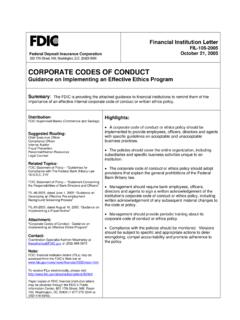
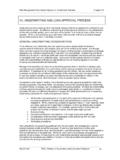
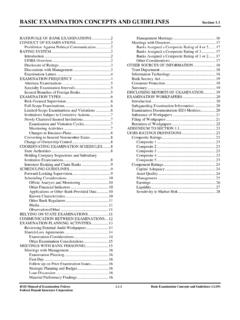
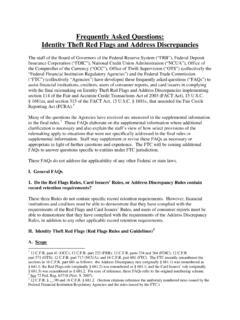
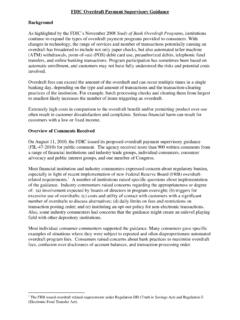
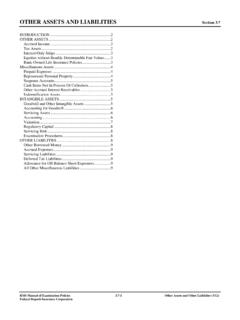
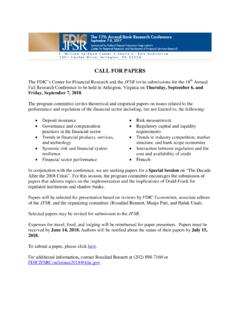

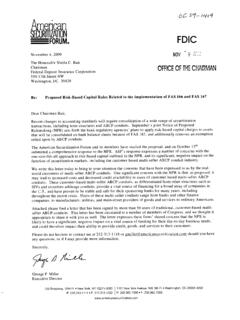
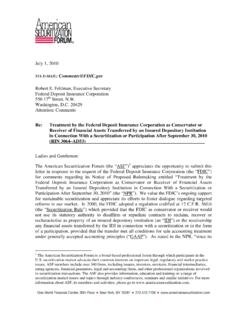

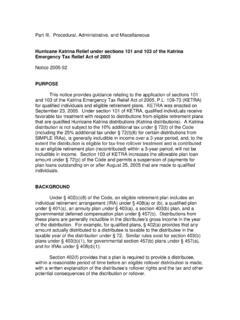
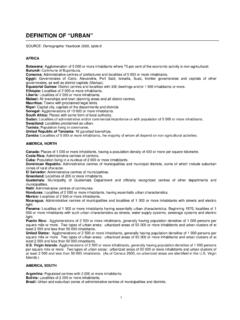

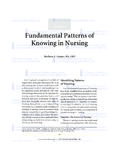

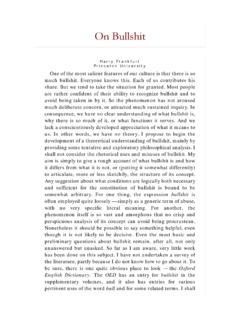


![Civil Union Act [No. 17 of 2006] - SAFLII](/cache/preview/8/7/2/8/c/5/b/6/thumb-8728c5b60172edd0d486ba5daccce0ea.jpg)